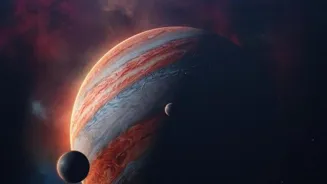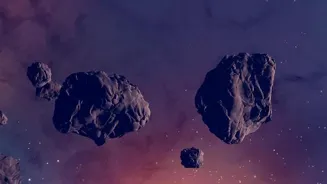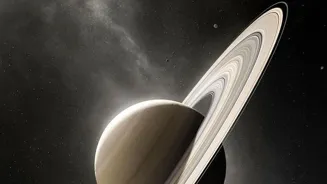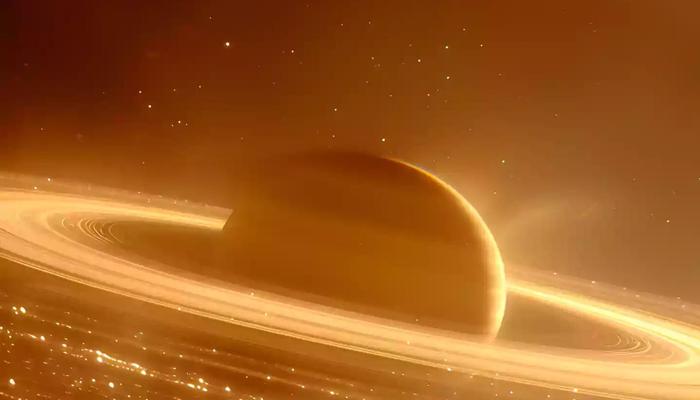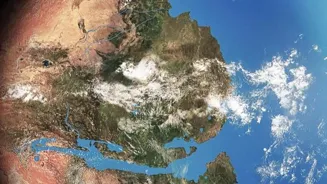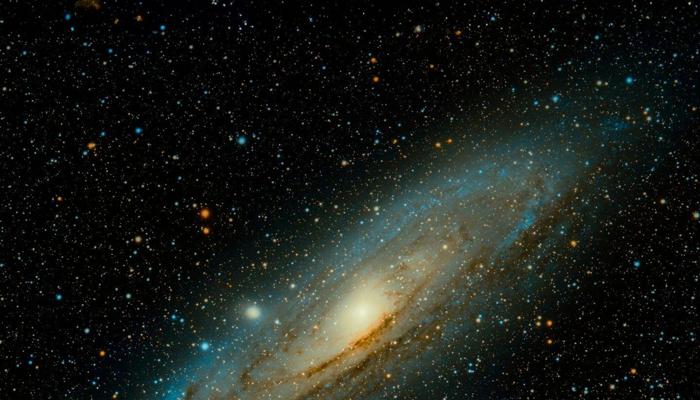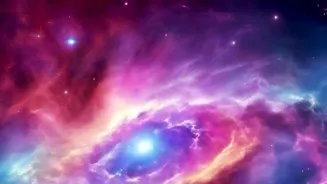Unveiling Gas Giants' Secrets: Explore the mysteries beneath colorful atmospheres. What lies in the clouds? Dive in to discover more!
The solar system is a fascinating place, and among its many wonders
are the gas giants – Jupiter, Saturn, Uranus, and Neptune. Unlike Earth, these planets don't have solid surfaces. Instead, they are primarily composed of hydrogen and helium, swirling with magnificent clouds and powerful storms.
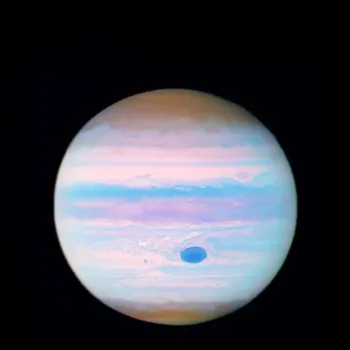
Scientists are extremely curious about what lies beneath these colorful, dynamic atmospheres. Unlocking their secrets can tell us a lot about planet formation and the history of our solar system.
Understanding their composition, temperature, and pressures will help scientists to predict the future of other planets.
Space missions study giant planets using remote sensing tools
Exploring these gigantic worlds is no easy feat. Since spacecraft cannot land on a solid surface, scientists rely on remote sensing via telescopes and probes that can plunge into the outer layers of the atmosphere.

These missions carry sophisticated instruments to measure temperature, pressure, wind speed, and the composition of the gases present. For example, NASA's Juno mission has been orbiting Jupiter, providing unprecedented insight into the planet's gravity and magnetic fields.
The data collected helps researchers create models to understand how energy flows within these colossal, gaseous spheres.
Exploring planetary cores in gas giants like Jupiter
One of the biggest questions is the existence and nature of planetary cores. It's believed that gas giants have a core of heavy elements, possibly rock and metal. The size and composition of this core influence the planet’s magnetic field and overall internal structure.
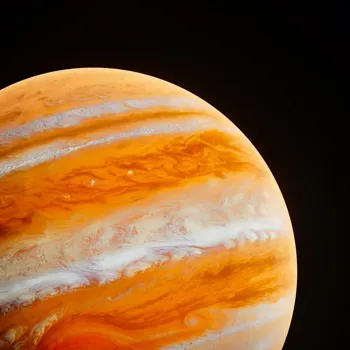
Juno's gravity measurements are helping to determine if Jupiter’s core is small and dense or large and diffuse. Understanding the nature of these cores is crucial to refining our theories on how gas giants form in the first place.
Similarly, scientists are equally interested in determining the reason behind planet color.
Gas giants' extreme weather teaches about planetary atmospheres
The atmospheres of gas giants are home to some of the most extreme weather conditions in the solar system. Jupiter’s Great Red Spot, for instance, is a giant storm that has been raging for hundreds of years. Saturn has its own massive storms and winds.
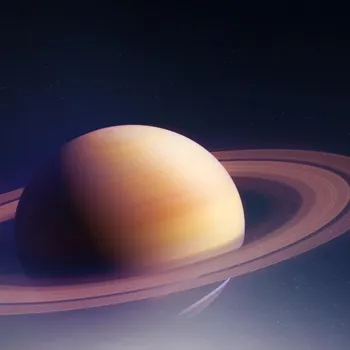
These storms affect the temperature and chemical distribution within the atmosphere. Studying the mechanisms behind these large-scale atmospheric phenomena leads to a better understanding of weather patterns on Earth and beyond. It also shows the power and dynamism of planetary atmospheres.
Gas giant atmospheres reveal composition through spectroscopy, hinting at water and life potential
The composition of gas giant atmospheres includes not just hydrogen and helium, but also trace amounts of other elements and compounds like methane, ammonia, and water. These molecules interact with sunlight, creating the vibrant colors seen in the clouds.
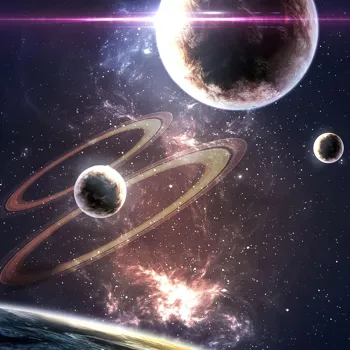
Scientists use spectroscopy, which involves analyzing the light reflected from the planets, to identify the different elements in these atmospheres. Detecting water is especially exciting, as it provides clues about the planet's formation and the history of water in the solar system.
It also hints at the potential for life, even within the clouds.
Future missions to explore Uranus and Neptune's atmosphere
Future missions aim to explore the atmospheric composition of Uranus and Neptune in greater detail. It also includes new, more advanced instruments to measure cloud properties, wind speeds, and atmospheric chemistry with even more accuracy.
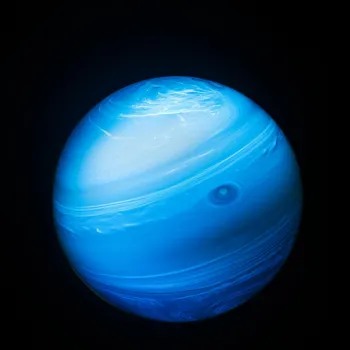
As technology advances and new missions are planned, our understanding of these mysterious gas giants will continue to grow. These planets hold a treasure trove of scientific secrets, and the more we explore them, the more we learn about the universe and our place within it.
They provide new information on solar system formation.
AI Generated Content. Glance/InMobi shall have no liability for the content